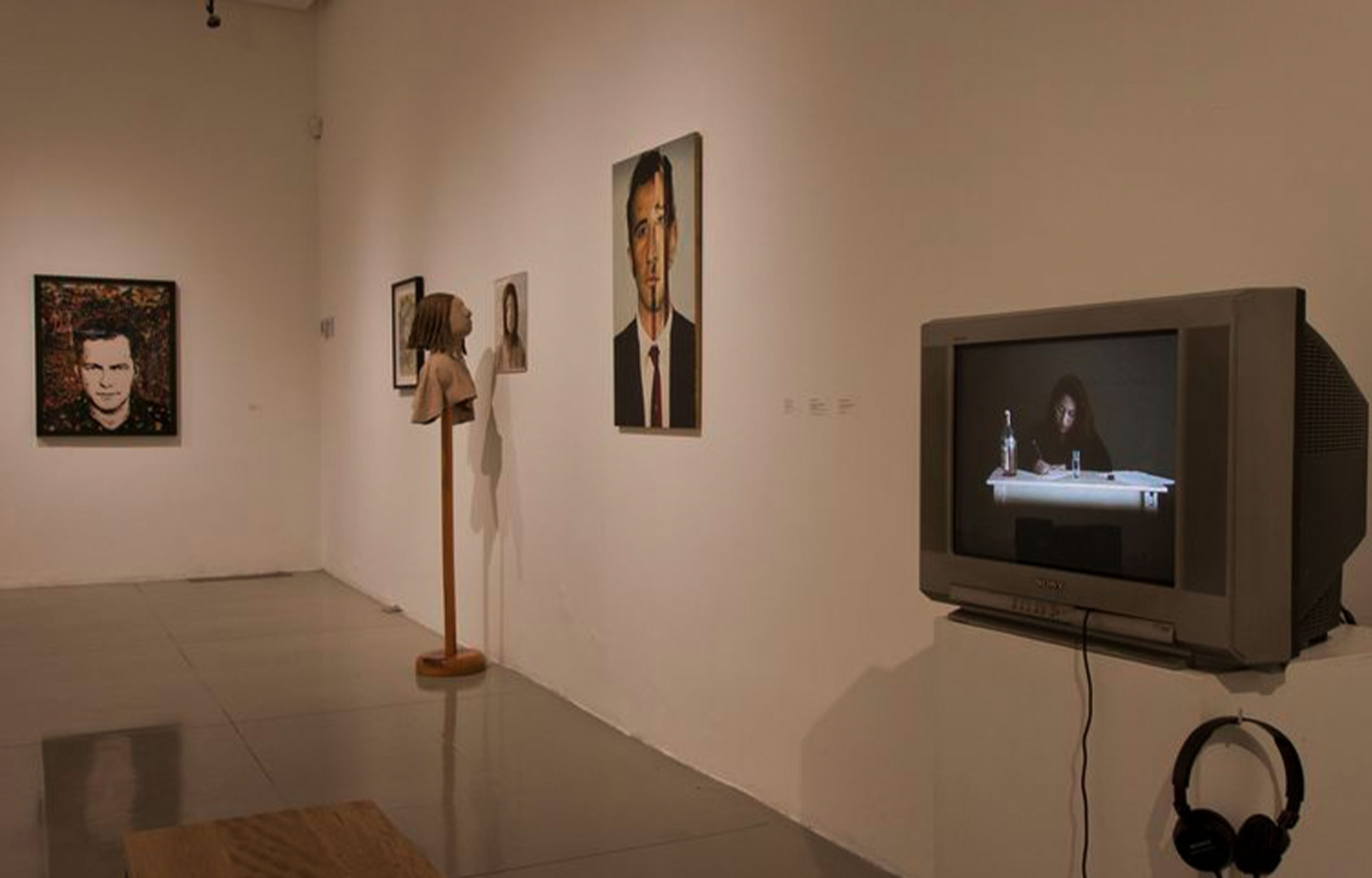
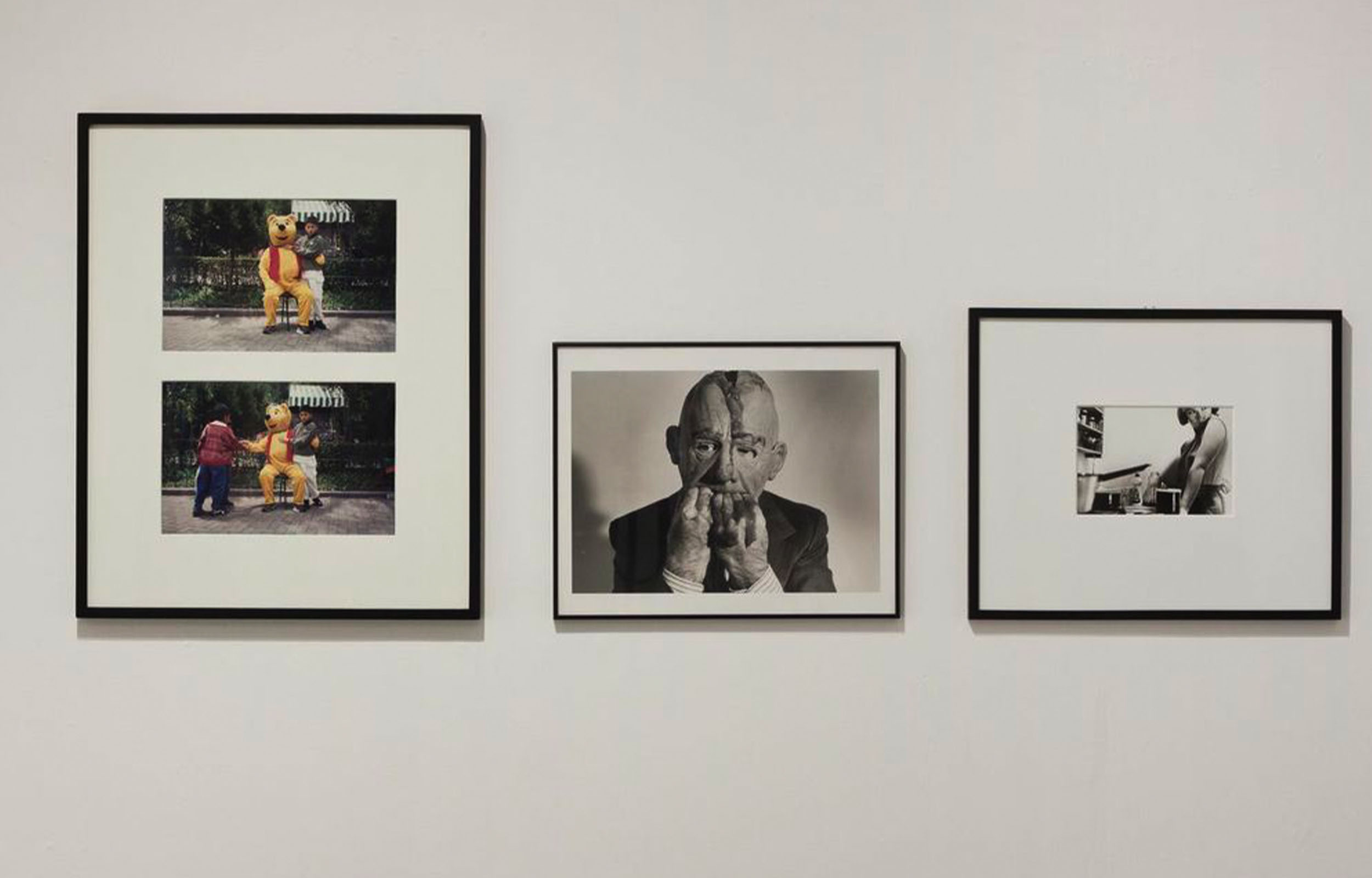
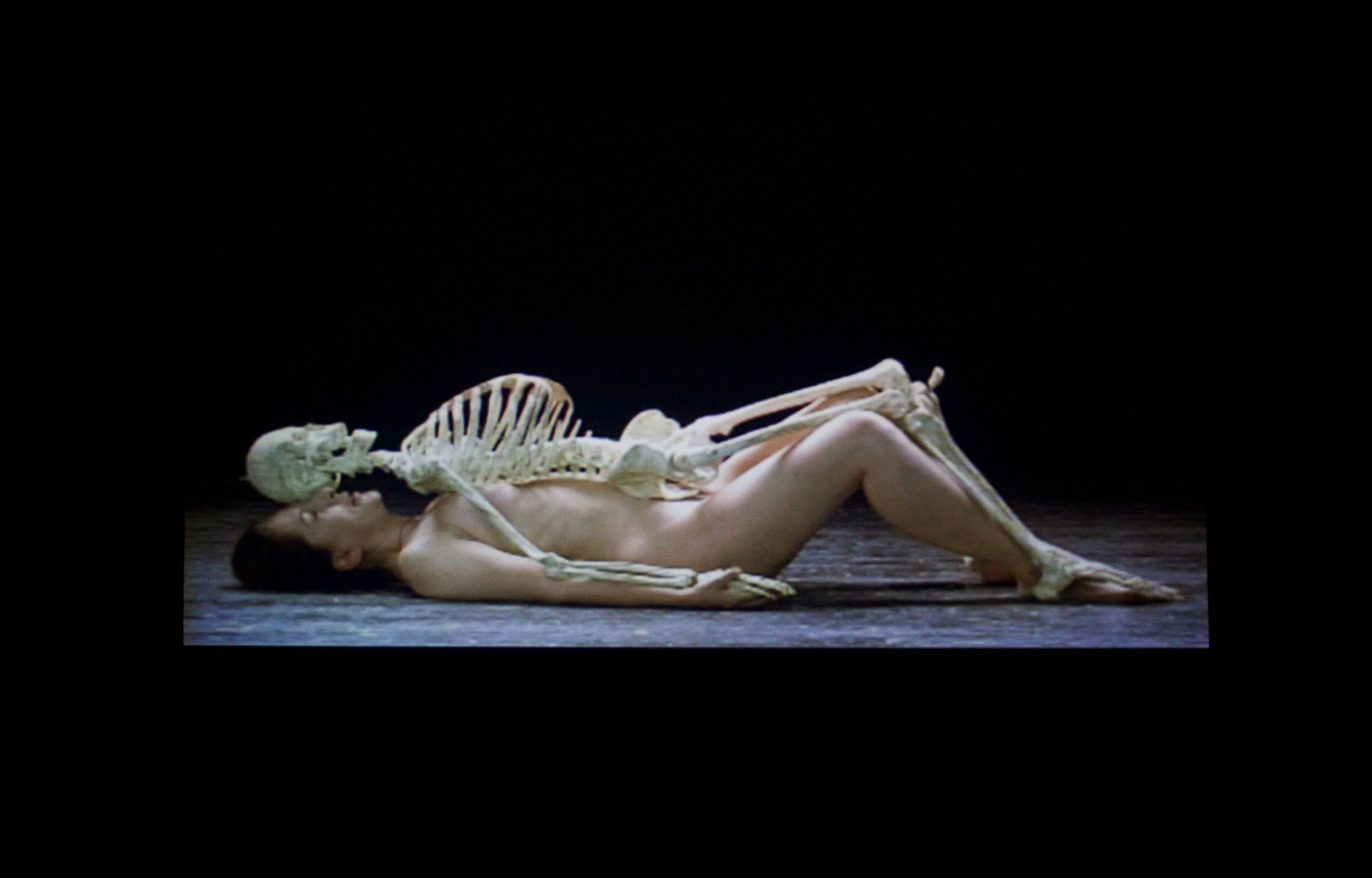
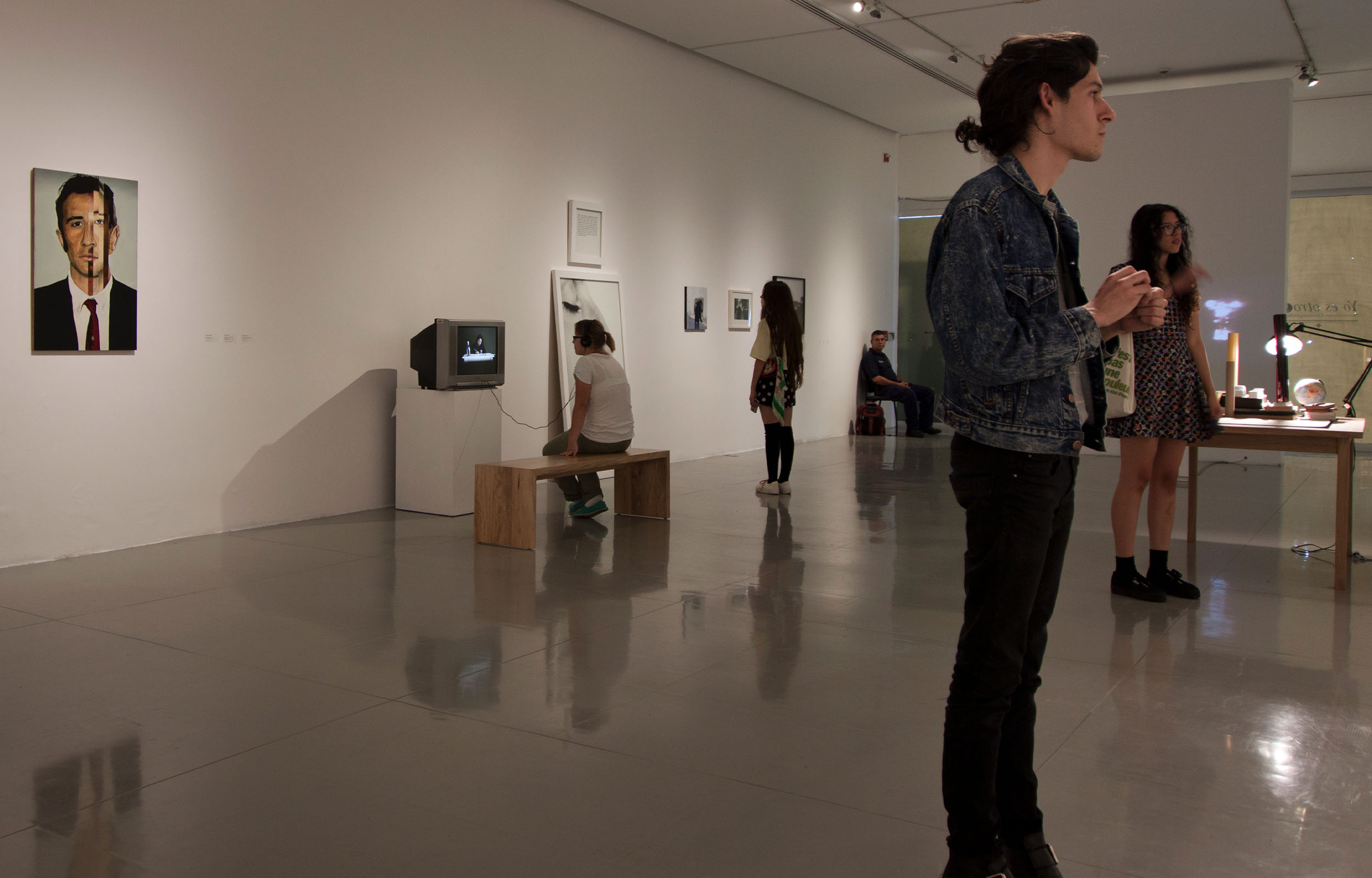
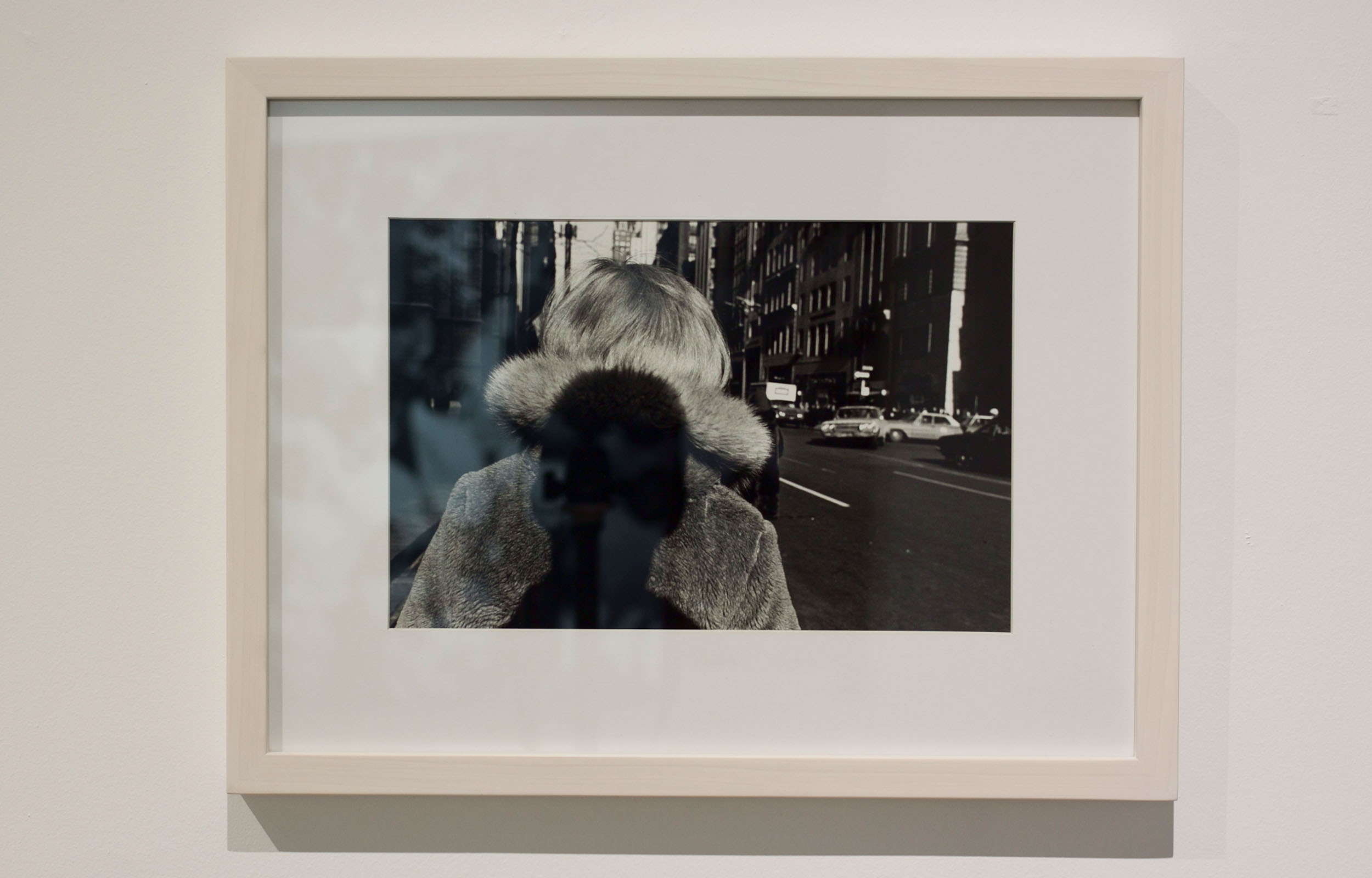
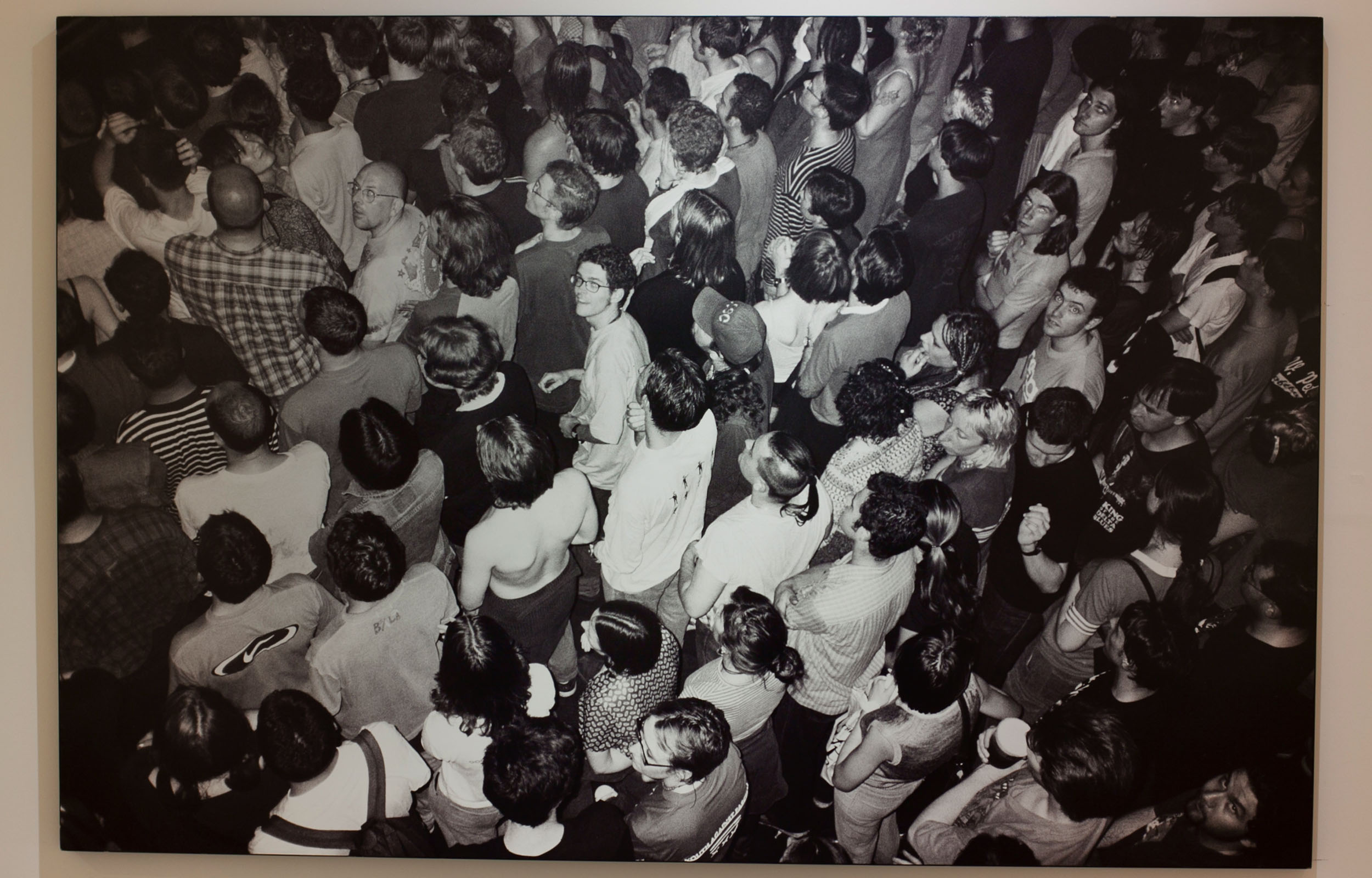

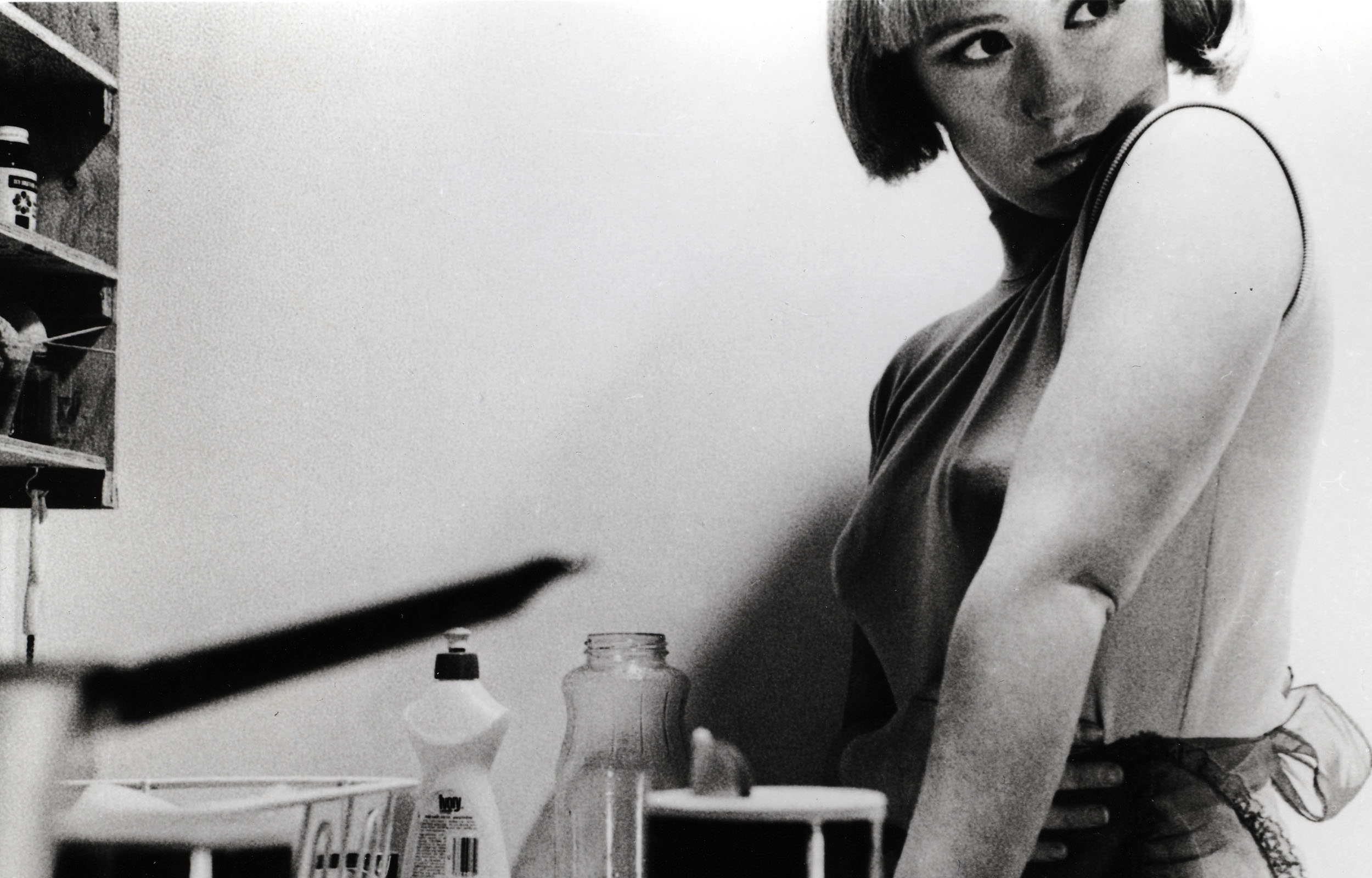
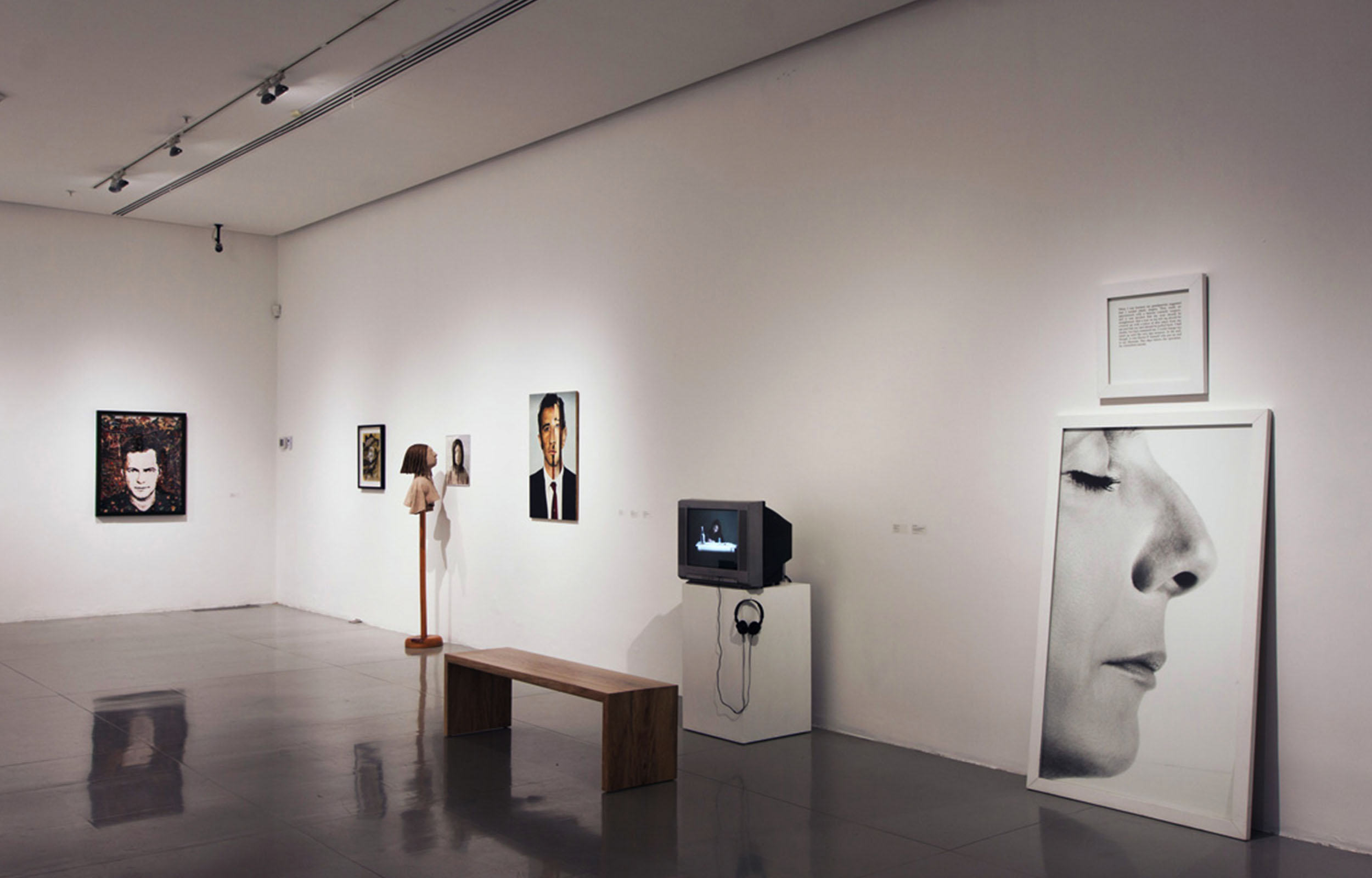
Yo (es) otros. Autorretrato Contemporáneo
Del 5 de julio al 29 de septiembre de 2013
Curaduría por: Paulina Ascencio y Geovanna Ibarra
Gustavo Abascal · Marina Abramović · Sophie Calle · Mónica Castillo · Abraham Cruzvillegas · Minerva Cuevas · Lee Friedlander · Jonathan Hernández · Justin Lieberman · Paul McCarthy · Ana Mendieta · Vik Muniz · Fernando Ortega · Luis Felipe Ortega · Rubén Ortiz-Torres · Cindy Sherman · Roberto Turnbull · Francisco Ugarte
Como cuestionamiento radical de la realidad personal, la pregunta por el Yo se puede fundamentar por la toma de consciencia de la propia finitud. Al saberse agotable, se suscita la necesidad de generar un inventario, un registro, un documento o archivo vigente de lo que somos.
El Yo no es estático, en cambio, como construcción es acción pura, movimiento y actualización perpetua. En la posibilidad de estarse haciendo continuamente, el autorretrato aparece entonces como un resto de un Yo que ya no es; dejando un vestigio que nunca es plenamente vigente. Ahora como ruina, como resto, es lo que queda de nosotros, una huella cuya permanencia no es la subsistencia sino un espectro que el Otro se ha apropiado.

